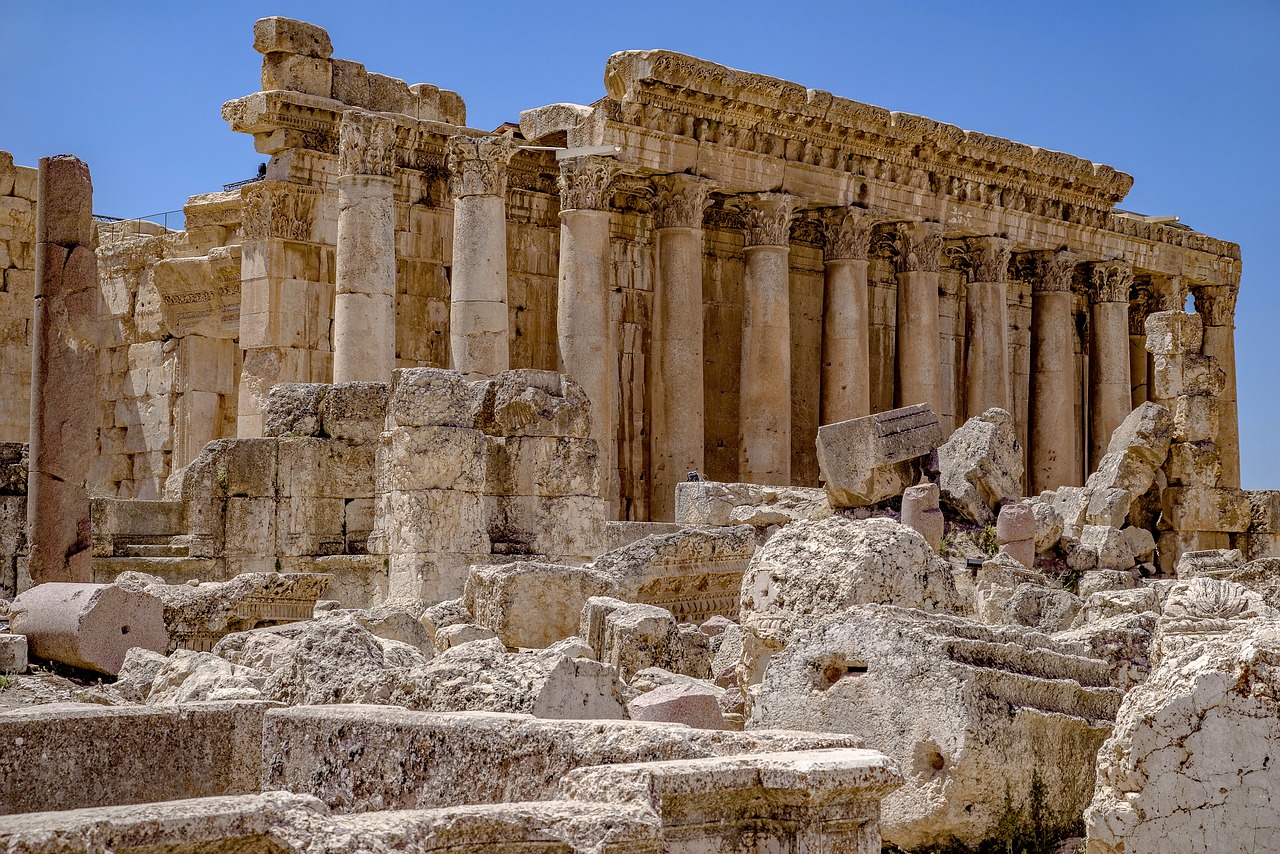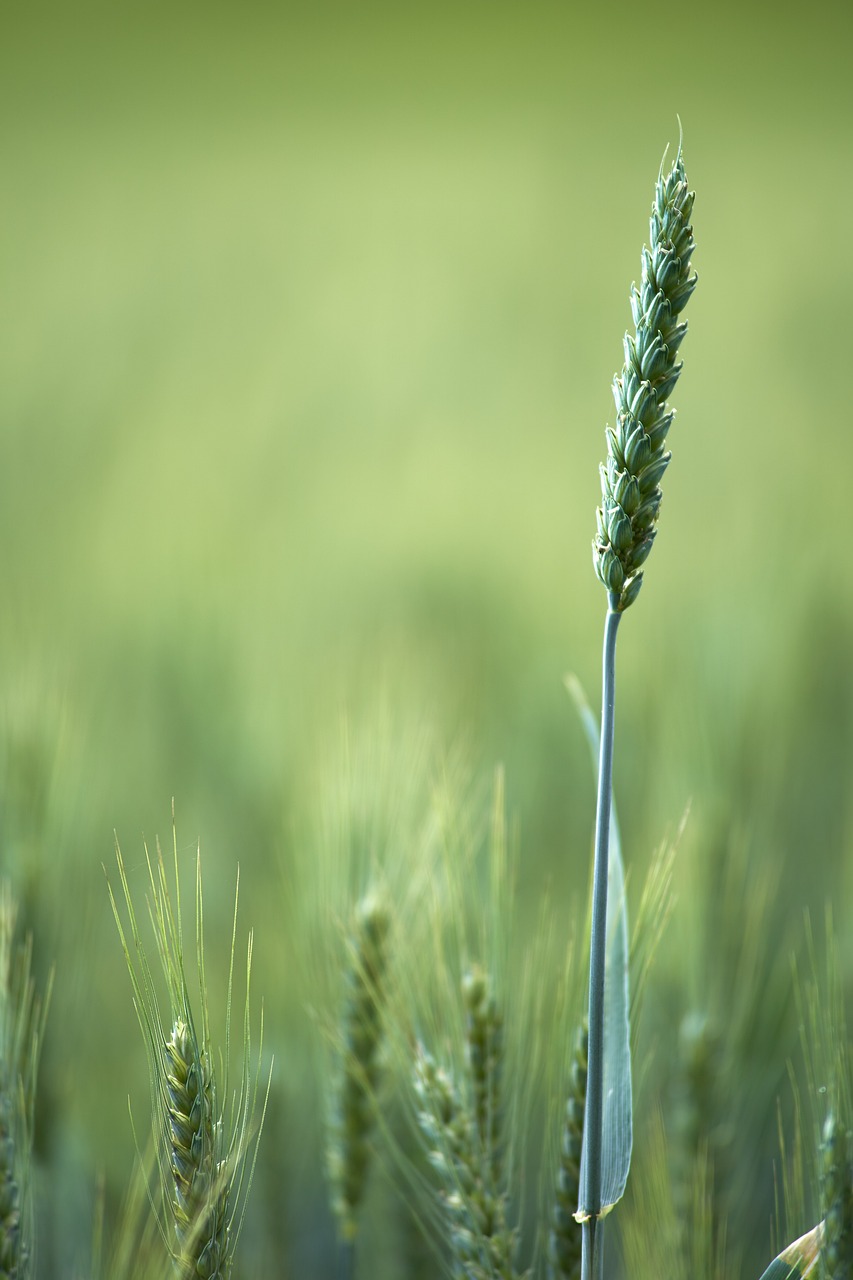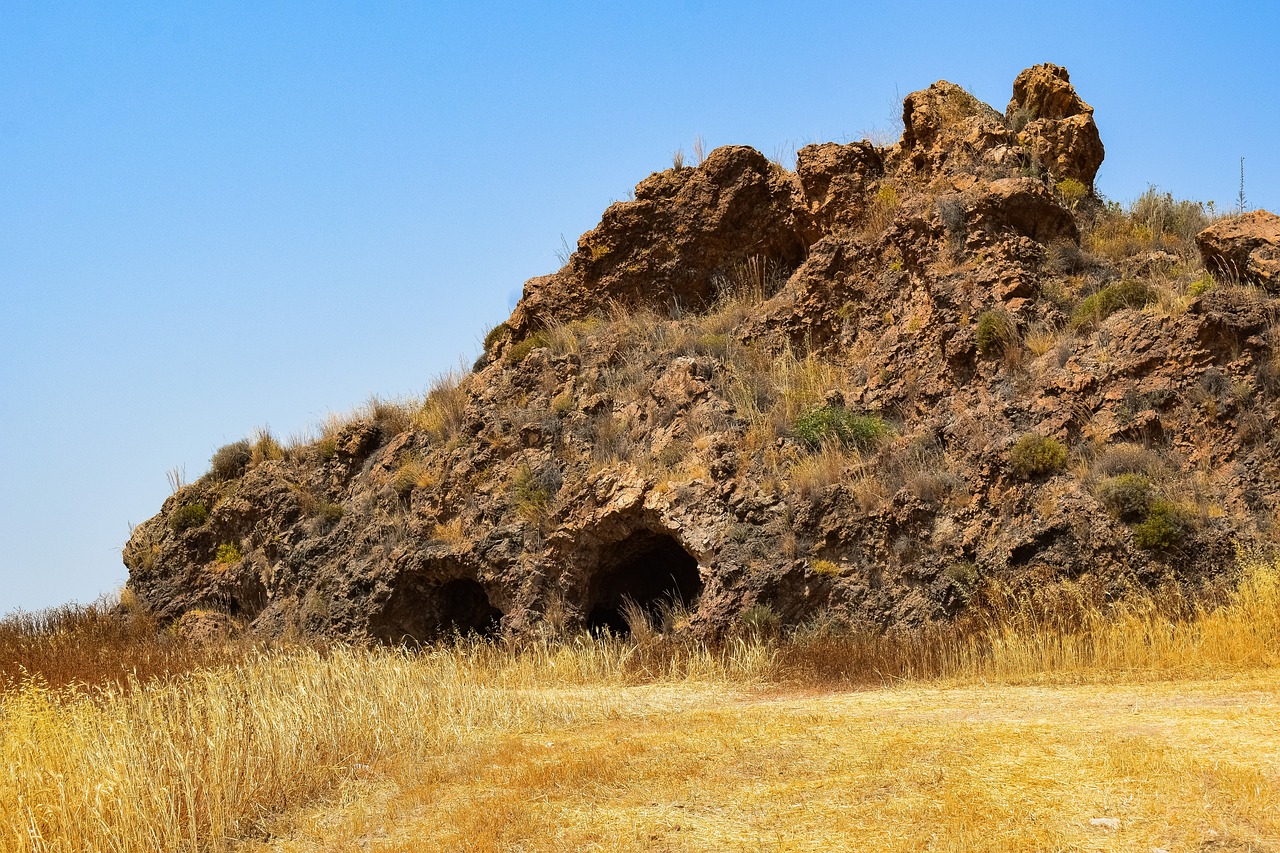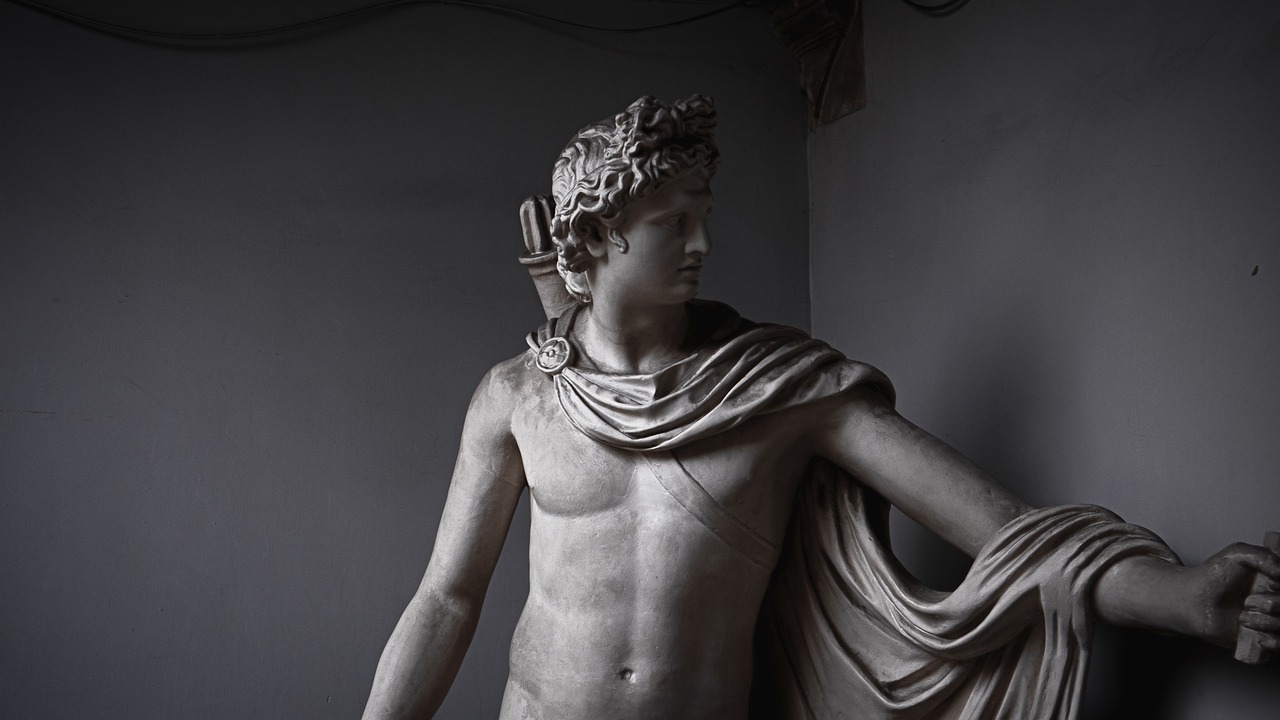Mythology
-

Nike, the Greek goddess of victory, holds a pivotal position in Greek mythology, serving as a symbol of strength and achievement across various domains. In ancient worship, she personified victory, frequently illustrated in art as a winged figure, embodying the essence of flight. In other instances, she appeared without wings, earning the title “Wingless Victory”…
-

The rich mythology of ancient Egypt is filled with a vast array of deities that symbolize various facets of human existence and the natural world. Central among these figures is the goddess Mut, a powerful representation of maternal influence and divine motherhood within Egyptian lore. The depth of her character and her role within the…
-

Overview of Vulcan: The Roman God of Fire and Forge Vulcan, renowned as the Roman deity of fire and the forge, serves as the patron to artisans and smiths. Distinctively known as the most unattractive among the gods, Vulcan also bore a significant injury from his childhood, resulting in a limp in one leg. Although…
-

Eros, the mischievous deity of love, held a significant role in Greek mythology as the persistent companion of the goddess Aphrodite. His character can be traced back to the poet Hesiod, who initially portrayed Eros as a primordial being that emerged self-created at time’s dawn to incite procreation. Hesiod later depicted him, alongside Himeros (Desire),…
-

Quirinus represents a significant yet enigmatic figure in ancient Roman worship, associated closely with the origins and identity of the city. Known from the earliest eras alongside deities such as Jupiter and Mars, Quirinus is intrinsically linked to the Quirinal Hill, a site believed to symbolize the safeguarding of the Roman populace and the foundational…
-

Agriculture has its roots in the deliberate cultivation of beneficial plants and animals within environments shaped by human intervention. While agriculture is often viewed through a narrow lens—highlighting specific activities like rice cultivation in Asia or cattle ranching in the Americas—a broader understanding portrays humans as environmental architects who alter natural landscapes in targeted ways.…
-
Nyx: The Goddess of Night in Greek Mythology Nyx, known as the goddess of the night, is one of the primordial deities who emerged at the outset of creation. She is considered a child of Khaos (Chaos, Air), and her union with Erebos (Darkness) resulted in the birth of Aither (Aether, Light) and Hemera (Day).…
-

Hephaestus: The Olympian God of Fire and Craftsmanship Hephaestus, known in Latin as Hephaestus, is the revered Olympian deity associated with fire, metalworking, stonemasonry, and sculpture. Often portrayed as a bearded figure wielding a hammer and tongs, his imagery occasionally includes him riding a donkey, reinforcing his humble connections to labor and craftsmanship. Noteworthy Myths…
-
Exploring the Enigmatic Ammit: The Devourer of Souls in Egyptian Mythology Ammit, known as the Devourer of Souls, occupies a complex position in Egyptian mythology as a symbol of divine judgment. Often misinterpreted, her role sheds light on the ancient Egyptians’ attitudes towards the afterlife and ethical conduct. This exploration delves into the rich tapestry…
-

Roman religion, also referred to as Roman mythology, encompasses the beliefs and practices of people on the Italian peninsula from ancient times up until the rise of Christianity in the 4th century CE, a period often known as Classical Antiquity. Nature and Significance Cicero, a prominent orator and politician, posited that Romans excelled in a…


